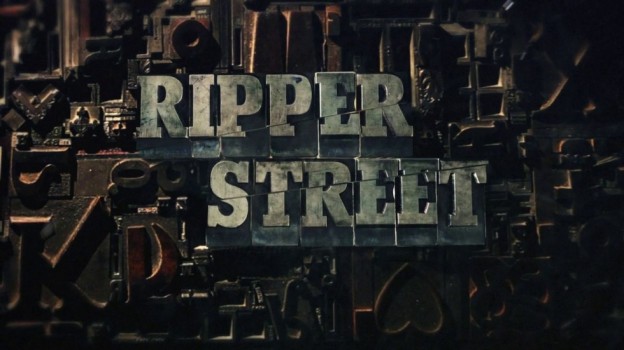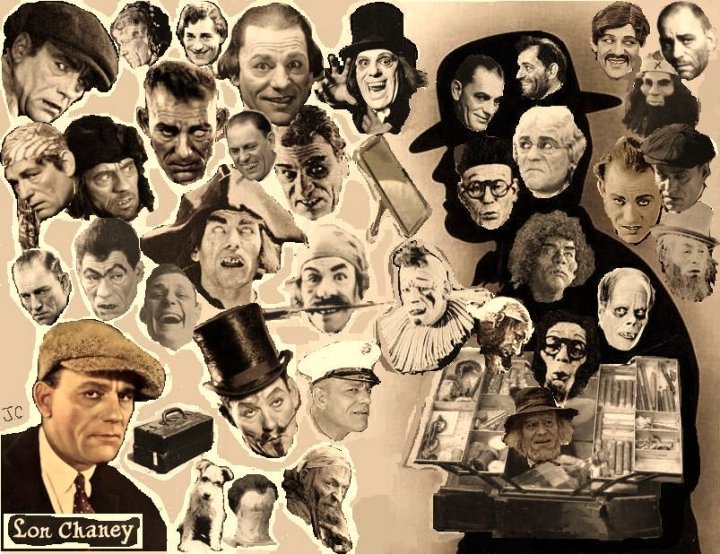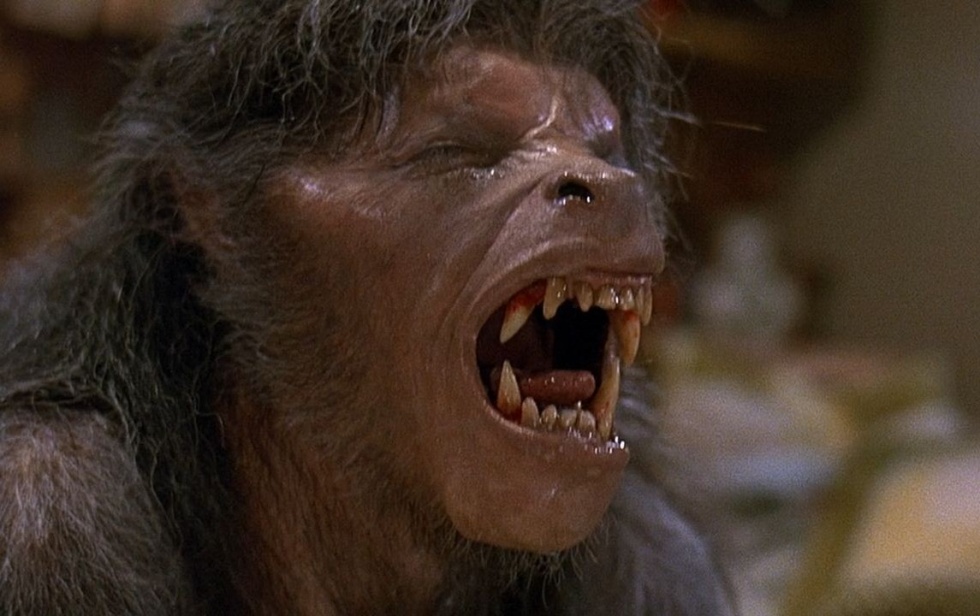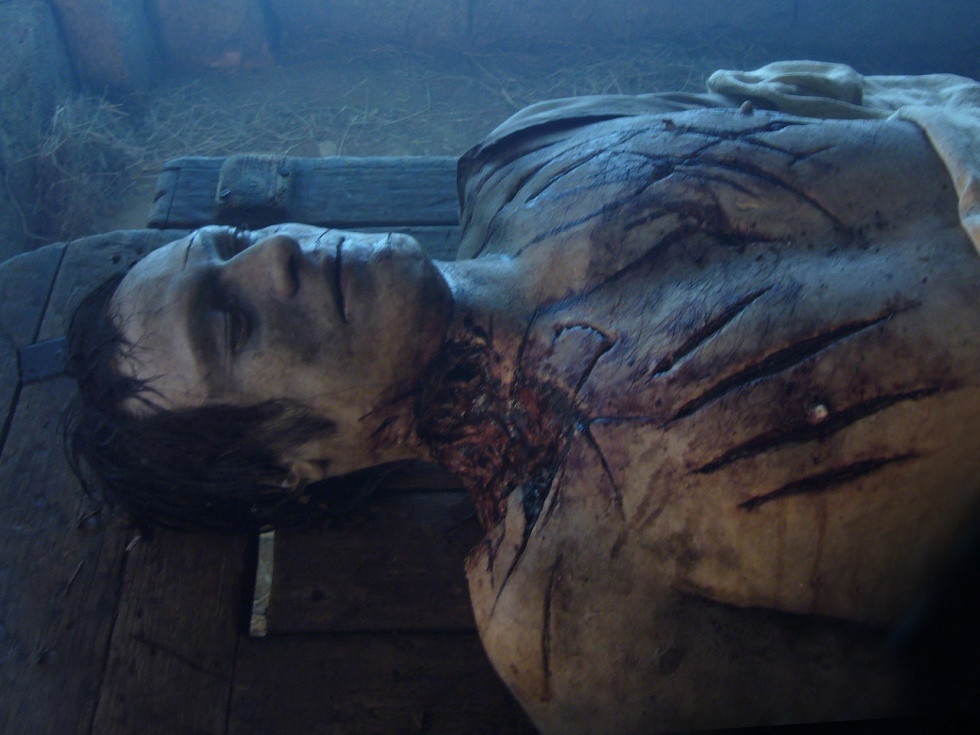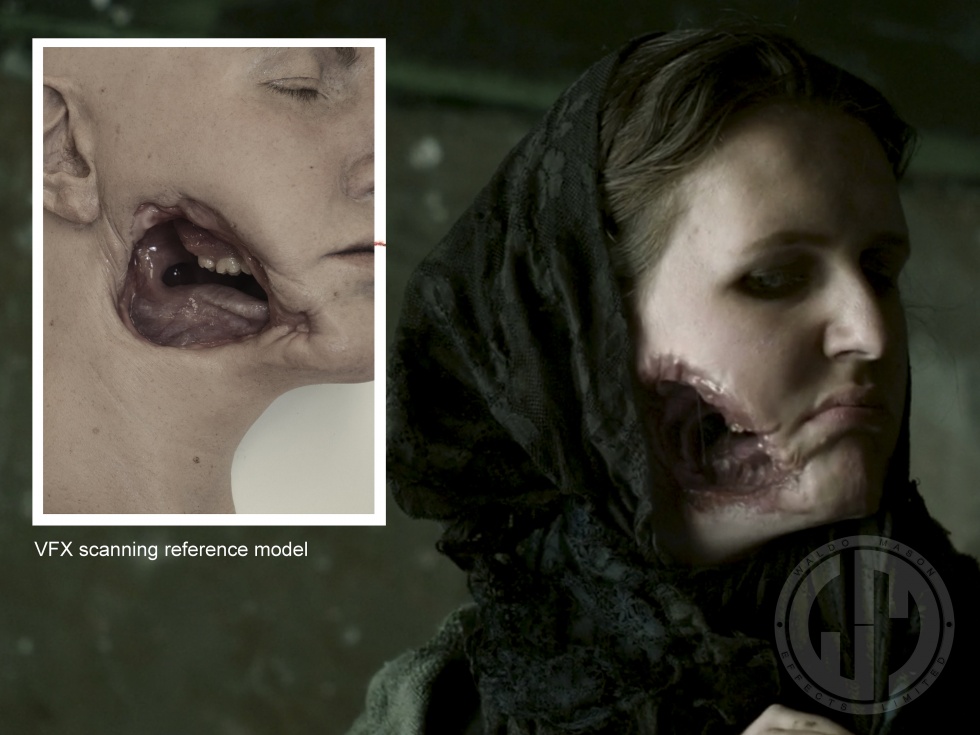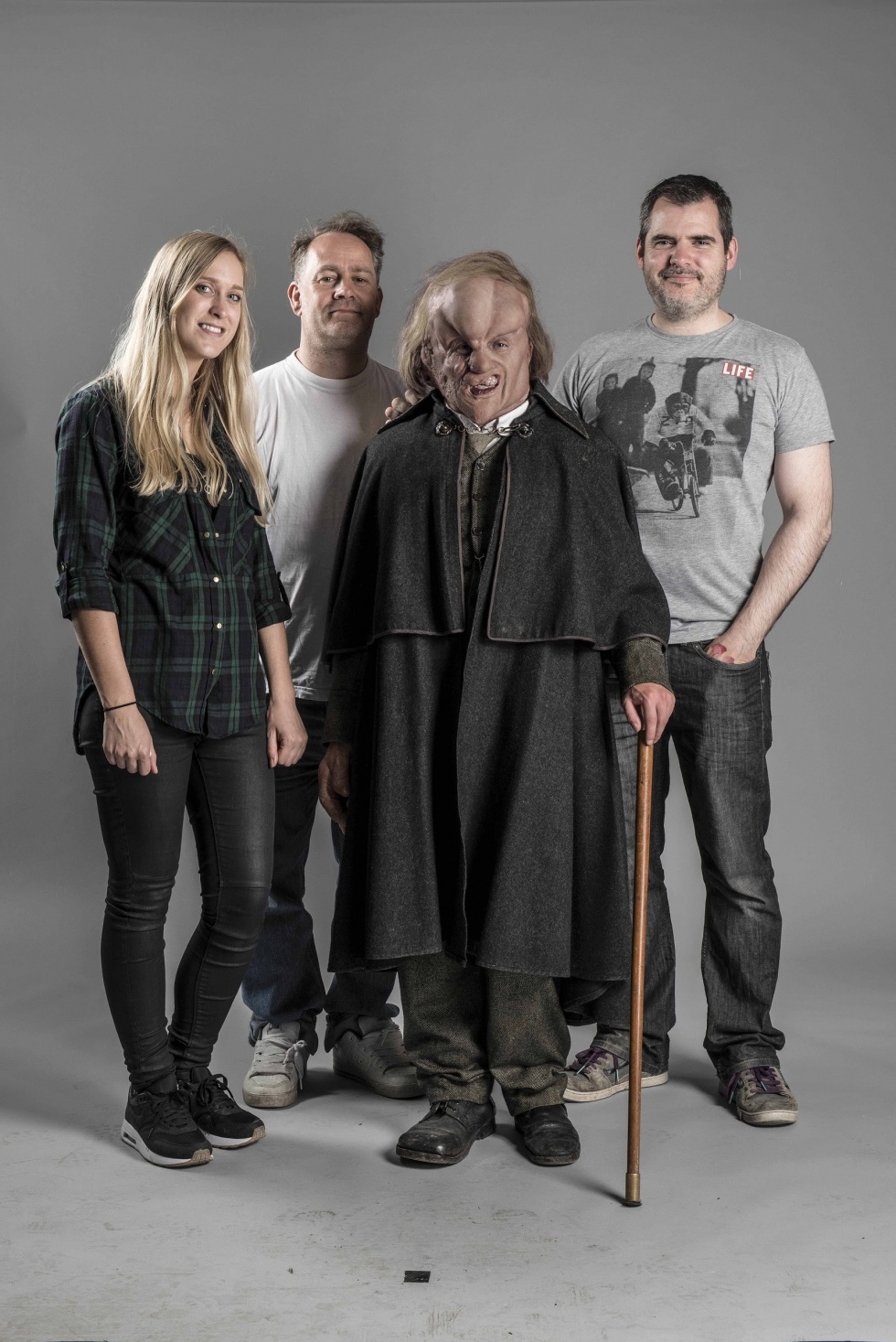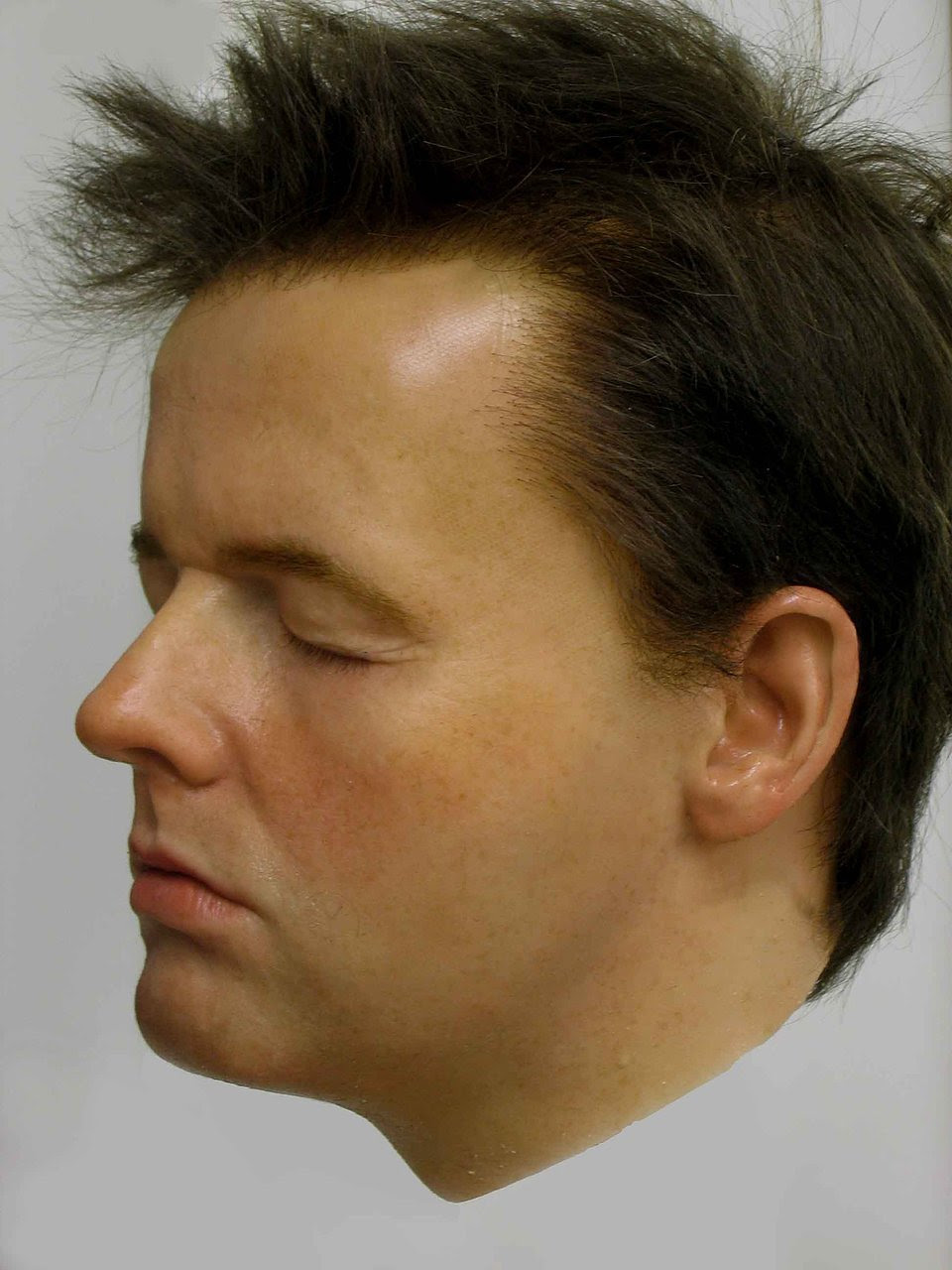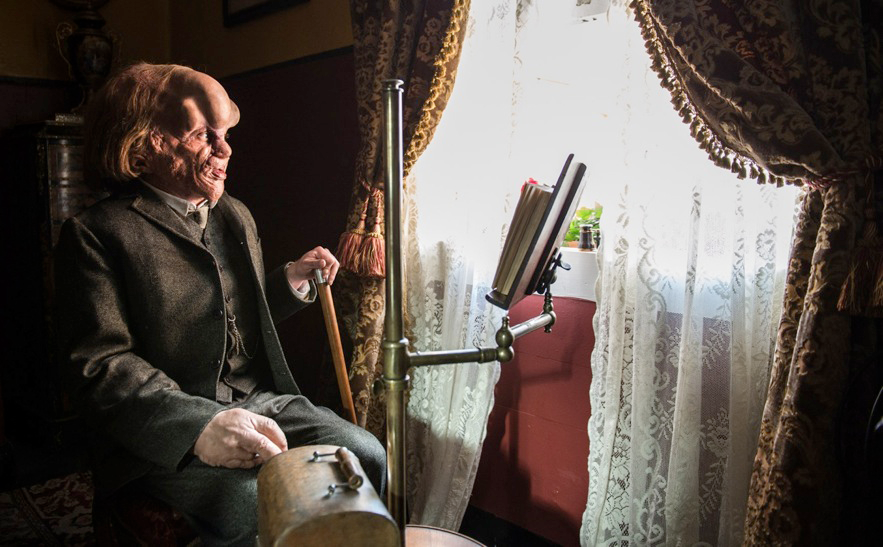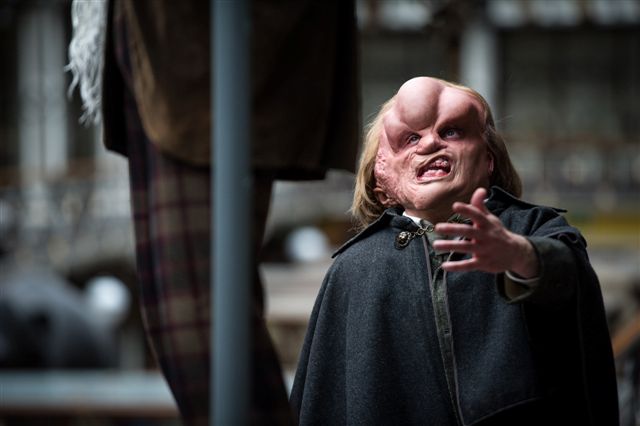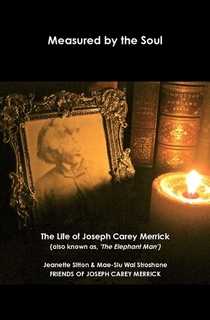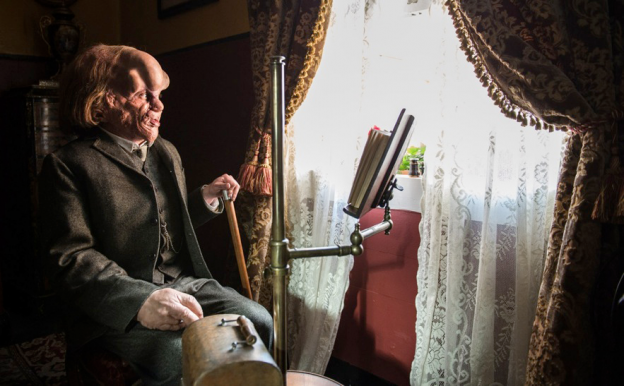Damian Michael Barcroft interviews the prosthetic make-up effects and creature FX genius that is Waldo Mason. We talk Ripper Street, the Elephant Man and our love of movie monsters!

Waldo Mason with Joseph Drake as the Elephant Man on the set of the second series of ‘Ripper Street’
Phossy Jaw, severed heads, dismembered bodies and burnt, mummified, putrid corpses – welcome to the weird and truly wonderful world of Waldo! One of the leading make-up effects artists in the country, Waldo Mason has been creating everything from subtle scars to complete silicone bodies and alien creatures for over twenty years. As a fan of horror and monster make-up effects since early childhood, it is my pleasure and a privilege to present this exclusive interview…
DAMIAN MICHAEL BARCROFT: I was practically raised on horror as a child by my two uncles who would let me stay up late and watch all those great monster films of Universal and Hammer Studios whenever my mother was foolish enough to leave them in charge of babysitting. I’ve studied and written about these and more contemporary horror films as an adult but I’ve never forgotten the power and potency of those early movie monsters. I imagine you must have been similarly attracted to the genre in your own youth?
WALDO MASON: Yes, the Hammer and Universal films were the first exposure for me too, I would stay over at my friends house and watch midnight double bills of The Mummy, Frankenstein, The Wolf Man etc. The 70’s TV movie of Steven King’s Salem’s Lot was also an early influence and whereas the early Universal films were very atmospheric if not that scary, that film made me sleep with the light on afterwards!
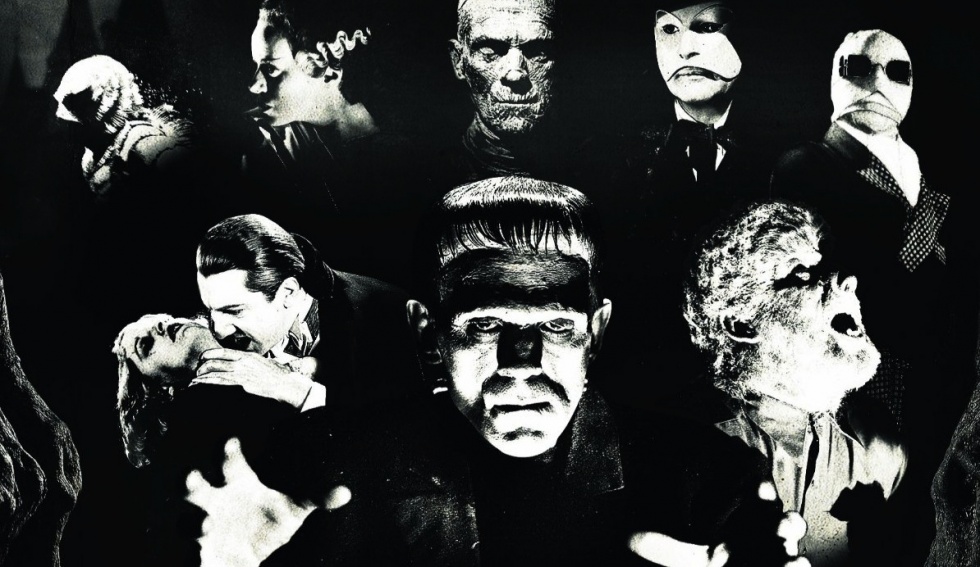
The classic and arguably definitive monster movie makeup designs from the Universal Horror Cycle of the 30s & 40s
DAMIAN: The great Lon Chaney was perhaps the most celebrated of the early makeup artists but other influential greats include Universal’s resident maker of monsters Jack P. Pierce (creator of such iconic creatures as Dracula, Frankenstein’s Monster, the Mummy and the Wolf Man) but I also admire Phil Leakey and Roy Ashton for their classic Hammer Horror films. I was wondering to what extent any of these films and filmmakers have inspired and informed your own work?
WALDO: I loved Jack Pierce’s monster designs, particularly the Frankenstein makeup, because it was made for a black and white medium and so was very theatrical in its execution, giving it a very classical, iconic look. But I preferred Phil Leakeys more gruesome take on the same character in Hammer’s The Curse of Frankenstein, made all the more impressive by the fact that it was done without moulds and created from scratch with cotton wool and latex every day! This illustrated to me that the things we make don’t always have to be sculpted and moulded, but can be fabricated directly. I’ve had to do makeups at very short notice this way and also use this approach for the anatomical details in autopsy bodies.
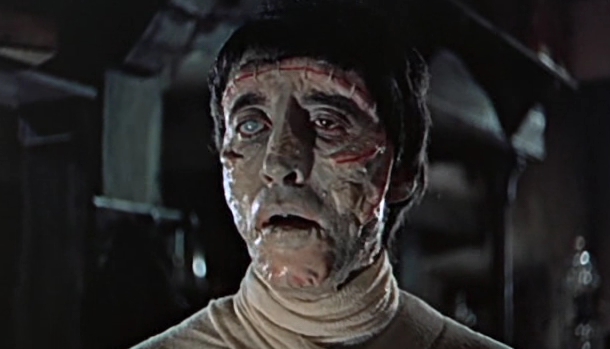

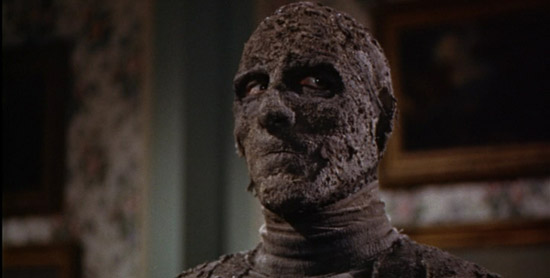
 DAMIAN: The world of creature and makeup design was revolutionised in 1981 with the release of An American Werewolf in London which featured stunning prosthetics and robotic body parts by Rick Baker. Can you describe the first time you saw this and the impact it had on you?
DAMIAN: The world of creature and makeup design was revolutionised in 1981 with the release of An American Werewolf in London which featured stunning prosthetics and robotic body parts by Rick Baker. Can you describe the first time you saw this and the impact it had on you?
WALDO: I watched it on a pirated VHS copy as I was about 13 at the time and stood no chance of seeing it properly, and it was a revelation. I lost count of the number of times I watched the transformation scene, trying to work out how it was done and I honestly believe it has never been bettered to this day.
DAMIAN: Rick Baker revisited the world of lycanthrophy for the remake of The Wolf Man. Unfortunately the film was a critical and box office disappointment which I thought was a shame because it is actually quite good and remains faithful to the 1941 original while still delivering a few shocks and twists of its own. However, I was disappointed by the reliance on CGI which detracted from the power of Rick Baker’s makeup – what went wrong?
WALDO: It was a troubled film, suffering from the departure of the original director, Mark Romanek and the original makeup and costume designers which may have affected the decision making process regarding the effects required and the build time involved. Ultimately I’m not sure why there was such a heavy reliance on CGI but I know that the original intent was to do as much as possible for real which was the reason Rick was on board and we actually made practical versions of some of these effects which for one reason or another ended up being achieved digitally.

Rick Baker on the set of the 2010 ‘Wolf Man’ remake starring Benicio Del Toro in the role made famous by Lon Chaney Jr
DAMIAN: Can you talk me through the work you did on The Wolf Man and did you get to meet the great Rick Baker?
WALDO: I was involved in the post attack carnage which covered limbs, bodies and injuries. These included actor David stern’s freshly killed body, the death of the Ben Talbot character and the viewing of his body, various limbs being lopped off in the gypsy camp attack and a man torn in half with his intestines spread over the ground, to name a few! And yes, I met Rick Baker who was really cool and had some great stories going back all the way to American Werewolf, so I was very pleased to have worked on The Wolfman for that, if nothing else!
DAMIAN: Many Ripperologists such as myself loved the idea of Inspector Abberline investigating the werewolf murders in The Wolf Man which brings us nicely to Ripper Street. You worked as prosthetics designer on both the first and second series, how did you become involved in the show?
WALDO: I was working on a film called Byzantium in Ireland and heard rumours about a Ripper themed show starting up over there, so after making some enquiries I contacted the show’s line producer Cait Collins who was very receptive to my suggestion of providing some prosthetic content, and after the first series was completed I was invited back for the second run which was even more ambitious both in storylines and the effects needed to facilitate them!
 DAMIAN: For the second episode of the first series of Ripper Street you created the body of Ernest Manby who was brutally beaten to death. The head, neck and arms were fully articulated and the mouth opened to reveal the tongue which was cut out and even gold teeth. Reminding the reader of aspects of your work such as hair-punching (every hair has to be individually inserted with a tiny needle into the “skin”), how long does this process take from the initial design concepts to the finished piece ready for filming?
DAMIAN: For the second episode of the first series of Ripper Street you created the body of Ernest Manby who was brutally beaten to death. The head, neck and arms were fully articulated and the mouth opened to reveal the tongue which was cut out and even gold teeth. Reminding the reader of aspects of your work such as hair-punching (every hair has to be individually inserted with a tiny needle into the “skin”), how long does this process take from the initial design concepts to the finished piece ready for filming?
WALDO: We had four weeks to make Manby’s body and we started with a lifecast of David Coon’s upper body and pulled out a clay positive which I cleaned up and sculpted the wounds into. We only built an upper body due to cost & time and the body would be having a sheet covering his modesty anyway! Rather than doing initial designs I used descriptive points from the script along with photos of the belt buckle that leaves marks on his face and emailed progress photos to director Tom Shankland as we went so that he could have his input (“More, nastier”!). When he was happy the body was moulded by Robin Schoonraad and we set an armature into the mould and filled it with silicone.
The silicone was then tidied and painted by Nikkie Grimshaw and the hair punched by Katy Hood. For the finishing touches I gave him mutton chops & stubble, chopped up the fiberglass core in the head and inserted dentures with the gold teeth for Jackson to discover in the morgue at Leman Street.
DAMIAN: The first two episodes of the second series of Ripper Street are notable for the appearance of the tragic Joseph Merrick better known to the world as the Elephant Man. Obviously audiences will remember David Lynch’s classic 1980 film with John Hurt playing Merrick and wearing the celebrated makeup by Chris Tucker who is one of the world’s leading genetic makeup experts. You must have been rather apprehensive about taking on such an iconic figure as the Elephant Man?
WALDO: Chris Tucker’s work on The Elephant Man is so definitive that it’s what most people visualise when you talk about Joseph Merrick, simply because more people have seen that version than photos of Merrick himself so yes, we had big shoes to fill.
DAMIAN: I believe the makeup for your vision of the Elephant Man consisted of a silicone cowl, pre-painted cap plastic encapsulated face pieces for each shooting day, knotted hair pieces, upper and lower dentures, a slip-on deformed hand and a padded undersuit to distort the body shape. Can you tell us how many artists were involved during this process and how you managed to coordinate each individual creative aspect?
WALDO: I was fortunate enough to have some very talented people on the crew, and luckily sculptor Ivan Manzella had always wanted to create a version of that makeup so I was happy to let him! Justin Pitkethly sculpted the misshapen hand alongside Ivan doing the face to maintain consistency and both were moulded by Tom Packwood. Nikkie grimshaw ran and painted the silicone cowl, hands and encapsulated face pieces and the hairpieces were made by Barney Nikolic. Chris Lyons from Fangs FX made us dentures based on photos I sourced of contemporary Proteus Syndrome sufferers’ teeth and finally Cerina Knott fabricated a padded undersuit to alter the actor’s body shape. For the shoot Emma Sheffield joined us to help apply the makeups, which generally took around three hours.
DAMIAN: There are still many Merrick medical records and artifacts stored at the Royal London Hospital, what research and reference materials did you consult?
WALDO: I had attempted to contact the hospital regarding this but had no luck, so being that we were on a tight schedule we worked purely from web sourced reference photos of Merrick, his death mask and his skeleton.
DAMIAN: Tucker didn’t want the audience to be appalled by Merrick’s appearance and tried to make the face sympathetic and sad rather than hideous. Mike Barlett also created Elephant Man makeup for From Hell with perhaps a more horrific focus, what was your vision for the character?
WALDO: We decided he should definitely be sympathetic, as his story arc called for him to be vulnerable but you can’t take too many liberties with his look because it’s so distinctive and we wanted to stay as faithful to the reference as possible. So it really became an exercise in making sure that such a large makeup could still be very mobile and expressive so that Joseph Drake could convey that vulnerability through his performance, both facially and vocally, which he did beautifully!
 DAMIAN: We couldn’t possibly discuss all of your film and television work but I wanted to remind the reader of some of the other incredible projects you’ve been involved on: Alien vs. Predator, Harry Potter, Game of Thrones, Prometheus, and The World’s End, to name but a few. What’s been your most challenging or rewarding job?
DAMIAN: We couldn’t possibly discuss all of your film and television work but I wanted to remind the reader of some of the other incredible projects you’ve been involved on: Alien vs. Predator, Harry Potter, Game of Thrones, Prometheus, and The World’s End, to name but a few. What’s been your most challenging or rewarding job?
WALDO: I would have to say The World’s End was probably the most challenging because of the breakneck pace of the shoot and the weeks and weeks of freezing night shoots in winter!
DAMIAN: And who has been the most demanding director to work with, I’m guessing Ridley Scott (Prometheus) who is so creatively involved in every aspect of production, right?
WALDO: Actually Edgar Wright was the most demanding, just because he is completely focused, has a very clear vision of what he wants and is a total perfectionist, all of which are good things, you just have to work harder… Ridley was surprisingly laid back actually, I thought he would be really tough to work with but he was great and knows exactly how to shoot a tricky effects setup to make it work.
DAMIAN: Was Ridley chomping on a cigar when you met him?
WALDO: No-one gets to smoke on a soundstage anymore, not even Ridley Scott!
DAMIAN: One of your recent projects is Fox’s new production of Frankenstein starring James McAvoy and Daniel Radcliffe who is a rather curious choice for Igor considering how the character is usually portrayed. The film is written by Max Landis (Chronicle) and directed by Paul McGuigan (Sherlock) and I imagine this is going to take a completely revisionist approach – what can you tell us?
WALDO: Very little I’m afraid, as Fox take their confidentiality agreements very seriously! I was originally going to do more on it than I have but due to schedule conflicts I had to scale back my involvement. But what I have seen of it looks great!
DAMIAN: I like to imagine your home as somewhat similar to Hannibal Lecter’s kitchen (Waldo did in fact work on the prequel Hannibal Rising) with shelves full of anatomical reference books and various body parts casually littered about the house. However, in all seriousness, do you think there is a rather dark side to your nature that attracts you to such a profession that is frequently so grisly?
WALDO: Haha! That’s actually a pretty good description of my workshop! No, there’s no dark side, I’ve just been lucky enough to combine my love of art with my love of film and make a career of it and shows like Ripper Street keep things very interesting for me!
DAMIAN: Waldo, thanks for this interview, I think you’re an absolute genius and your work continues to astound me. I wish you and all your silicone friends the very best for the future!
WALDO: You’re very kind, thank you!
~ Damian Michael Barcroft ~
https://twitter.com/mrdmbarcroft
https://twitter.com/RipperStreet
~~~
Later that evening…
Murwillumbah, New South Wales, Australia
I’m a celebrity get me out of…
Alas, for Declan it was too late…
Thank you Waldo, one down – one to go…
REVENGE – Ripper style!
